Beginning a journey of martial arts can be both exciting and overwhelming. Below are some basic tips for getting started in your hapkido training.
1. How to Tie Your Belt
Wearing a hapkido belt tied around your waist might seem like a huge hassle at first. Maybe at the end of a drill you find the belt has come loose or, even worse, has fallen down to your knees. It might feel like you spend more time tying your belt than you do practicing martial arts. However, when tied properly, the belt will no longer be a problem. Here is a list of steps that will help you keep that belt on your hips where it belongs.
- Find the centre of the belt and place it behind you at your hips.
- Wrap each end of the belt around your back so that they come to the front.
- Make an X with the ends.
- Tuck the top end under both strips of the belt.
- Make another X with the ends so that the end of the belt coming from the top is on the front of the X.
- Tuck the top end under the bottom end in a loop and pull tight.
2. Counting to Ten in Korean
Your instructor tells the class to do ten reps of a drill and suddenly everyone starts yelling in a foreign language. What’s going on? They’re counting in Korean, and with a little practice, you can too!
Here’s how to count to ten in Korean:
- Hana
- Dool
- Seht
- Neht
- Dah-sut
- Yu-sut
- Eel-gob
- Yeodul
- Ah-hob
- Yul
3. Bowing in Martial Arts
In hapkido, as with most other martial arts, bowing is a symbol of respect. For example, bowing when entering or leaving the dojo or when stepping on or off the mats shows that you respect the facilities where you are training.
In addition, we bow in at the start of each class. With everyone on their knees, we face the flags on the wall and bow. We then face the instructors, bow, and say, “hapki,” which means power in harmony.
Finally, before and after we pair up with someone for a drill, we bow to show that we respect each other.
4. Questions
We all have moments when we are too timid to ask a question about a technique in class. However, waiting too long to ask a question about a technique can actually be detrimental to your training because you might end up practicing that technique wrong. This will build bad habits that you will have to eventually break.
Questions are a key part of a rich learning environment. If you have a question in class, don’t be shy. Remember, the only stupid question is the one left unasked. Also keep in mind that other students might benefit from any clarifications or repeated demonstrations that arise out of questions you ask.
5. The Tenets of Martial Arts
Becoming a martial artist is about more than developing athletic skills. A martial artist also has integrity by demonstrating control, confidence, respect, teamwork, self-discipline, and focus. These tenets will improve your martial arts skills by enabling you to perform better in class.
6. What Is “Kihap” and Why Do It?
Kihap (similar to the Japanese “kiai”) is the practice of using a short yell to enhance your performance while doing a technique. When you kihap, you increase the intensity of your technique while ensuring that you don’t hold your breath.
When should you kihap? Kihap upon impact of a kick, strike, or break fall; on every step of a technique; and when going into fighting stance.
7. Practicing Outside the Dojo
Practicing outside of class is crucial to advance to the next level. If you practice only inside the classroom, you will struggle to develop the muscle memory your body needs to master a technique. But how can you practice without mats, a Wavemaster heavy bag, or a partner?
The key to practicing at home is to focus on your form. You can practice kicks and strikes in front of a mirror, keeping a keen eye on the details we cover in class, including keeping your arms in and rotating your hips. For drills that require a partner, ask your friend, roommate, parent, or imaginary friend to join you while you slowly walk through all the steps just before the actual throw or joint lock. Remember, the more you put into martial arts, the more you will get out of it.

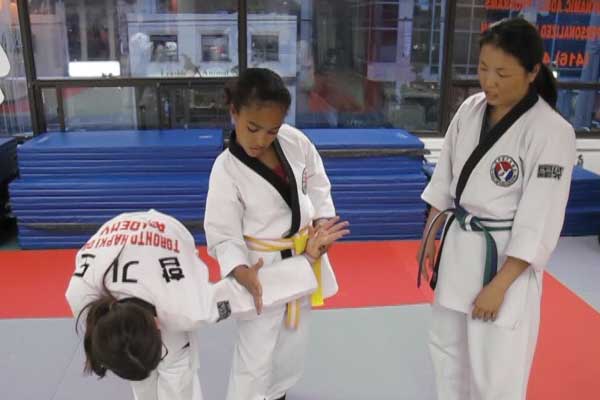
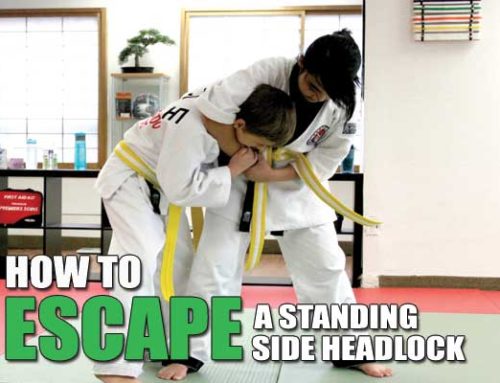
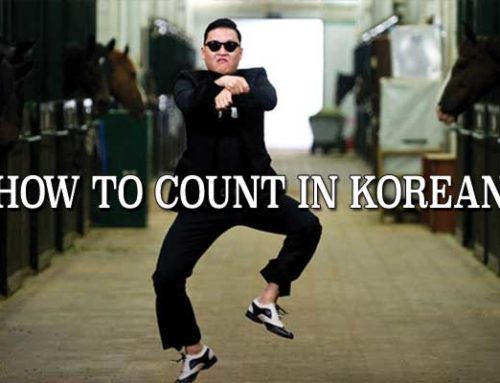
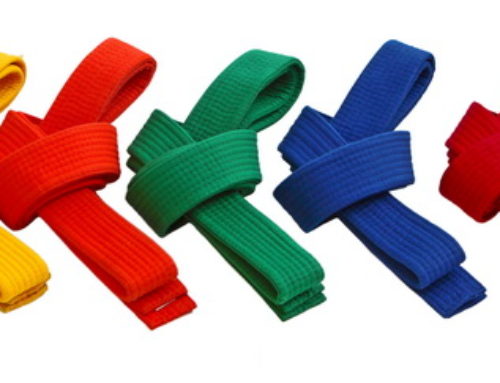
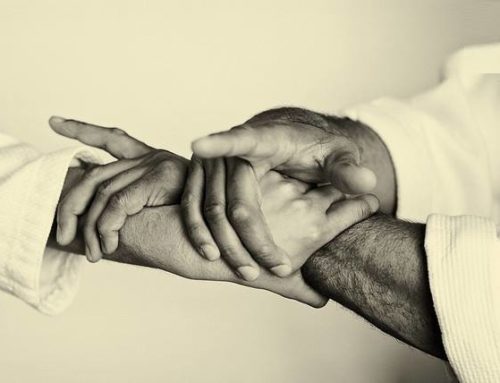
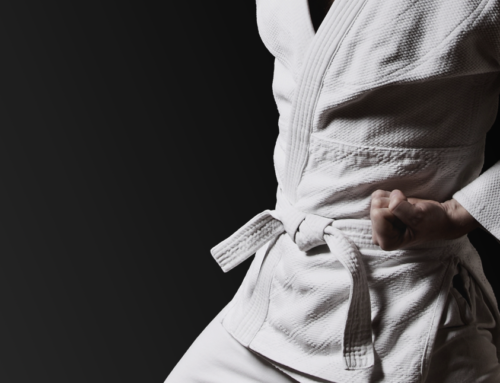
Leave A Comment
You must be logged in to post a comment.